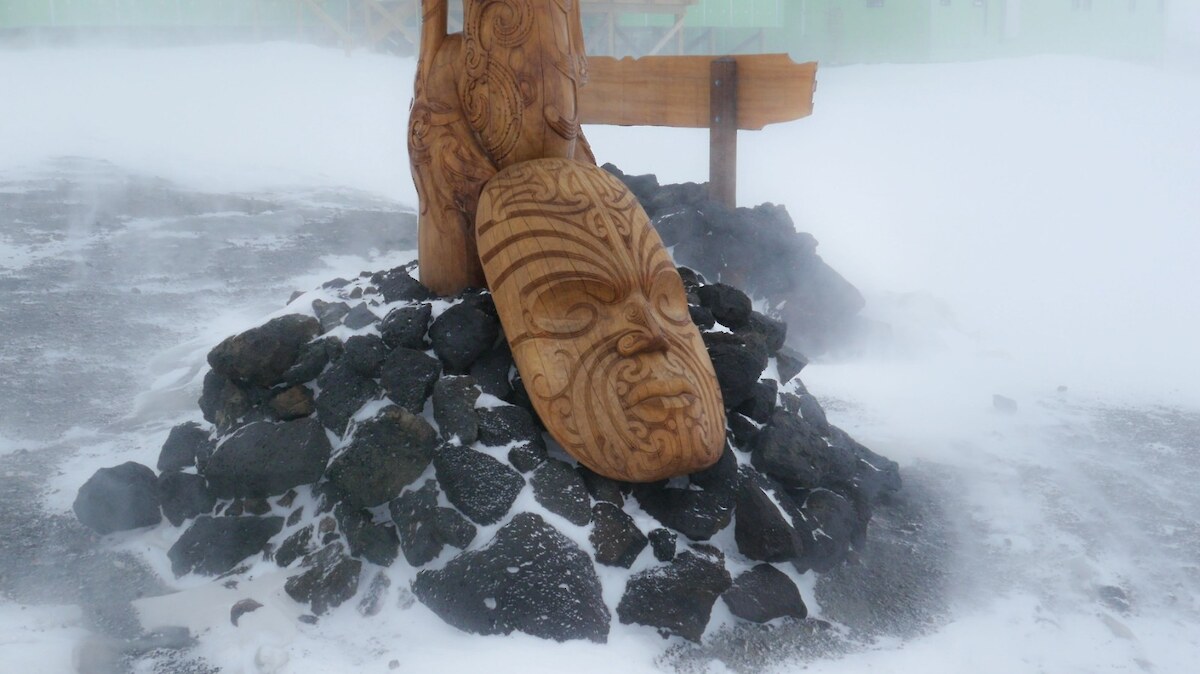Release of Murihiku Regeneration high level energy transition plan for Southland
Murihiku Regeneration has released its high level energy transition plan for Murihiku-Southland for implementation from 2024 as one of the key regional priorities for action. The high level plan identifies that Murihiku-Southland is better placed than most other regions in New Zealand to leverage and accelerate the energy transition to support a regenerative economy based around the four Ngai Tahu pou.
In order to deliver on a plan of this nature, it will require leadership, courage and commitment, good coordination and alignment, and setting of clear priorities to successfully deliver it,” says Terry Nicholas, the Energy Transition Programme Lead.
“Some of the key considerations identified around the plan is that any national level Energy Strategy will not be in place in time to direct effort. There is currently no plan in place to support this energy transition for Murihiku - Southland”, says Ta Tipene O’Regan.
One of the major issues identified in the plan is the need for certainty around Tiwai Smelter beyond 2024. This remains a critical enabler, which shapes to energy transition. It also identifies that resourcing and funding for new energy and supporting infrastructure remains limited and spread thin. The cost of developing a regenerative economy remains a significant barrier to implementation.
“We know that Industry and developers are looking for certainty before they can fully commit, and we need to assist around the regulatory and planning framework with 30 year infrastructure plans,” says Terry Nicholas.
The plan has been developed through working with government, industrial users, developers, generators and the community. Image taken by Anthony Powell at Scott Base of the Pouwhenua at the entrance of Scott Base
Image taken by Anthony Powell at Scott Base of the Pouwhenua at the entrance of Scott Base
Key Challenges
The plan highlights some of the following key challenges:
- Lack of certainty around the Tiwai Smelter continuing to operate beyond 2024. There is key risk is that key New Zealand decisionmakers believe a long term future deal to keep the Smelter open is a fait accompli. From our engagements, this is far from certain, and needs to be a priority for action for the key parties involved in the discussion.
- Filling key infrastructure enabling ‘gaps’ through a Regional Infrastructure Plan:
- the need for regional leadership and collaboration;
- an enabling policy and regulatory framework;
- the lack of infrastructure and support;
- accelerating uptake (new supply and demand projects);
- the need to support innovation through research and development; and
- establishing an enabling environment for investment (currently too costly)
Proposed Action Areas:
Murihiku Regeneration has developed its energy transition plan to respond to these key challenges. It identifies actions as follows:
- Gain and support certainty on Tiwai Smelter- Murihiku Regeneration working with NZAS/ Rio Tinto, regional leaders (including the EoG), and the community to aim towards a long-term solution to 2040; or begin closure planning from February 2024.
- Establish a proactive and necessary policy and consenting approach to support the Energy Transition by:
i. Pushing for the establishment of a Murihiku-Southland Renewable Energy and Industry Zone (REZ) or similar concept that provides certainty, allows for coordination and alignment, and supports longer term investment decisions.
ii. Put in place a regional energy transitions leadership group to support the REZ and other initiatives.
iii. Work with local councils to develop a ‘consenting taskforce’ to respond to regional energy project priorities to remove barriers and speed up consenting and planning decisions.
- Support Innovation and accelerate uptake by:
i. Leveraging from the HWR Group dual fuel initiative, Southern Airports Pilot Project, and regional hydrogen transition initiative to establish a Murihiku ‘renewable energy hub’ that supports the early adoption of aviation and heavy transport decarbonisation.
- Developing a research, science and innovation programme that enables the energy transition.
iii. Exploring scalable commercial CO2 capture for SAF/ e-methanol applications, including using biomass innovation.
- Supporting the Net Zero Rakiura 2030 initiative – by supporting the development of a plan in 2024, through the established Rakiura Project Group. This plan, once endorsed by community, can be presented to local and central government for consideration.
- Support community and distributed energy innovation, projects and action.
- Developing a Priority Workforce Plan for priority net zero trades. This will be undertaken through engagement with the sector and in conjunction with our Te Ara Aukati Kore workstream.
The plan is available to view or download here (PDF, 1.37 MB).
Posted: 16 November 2023
